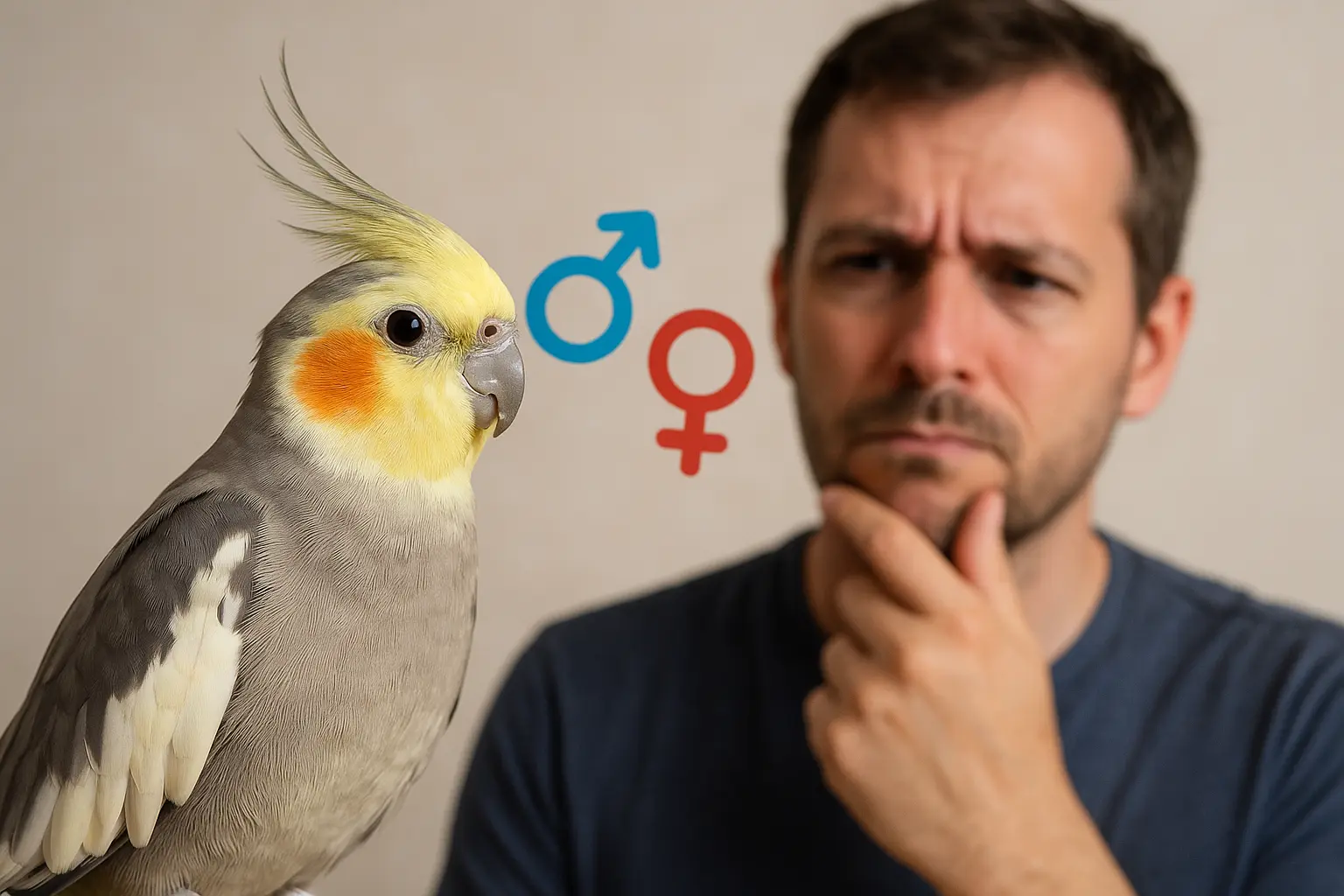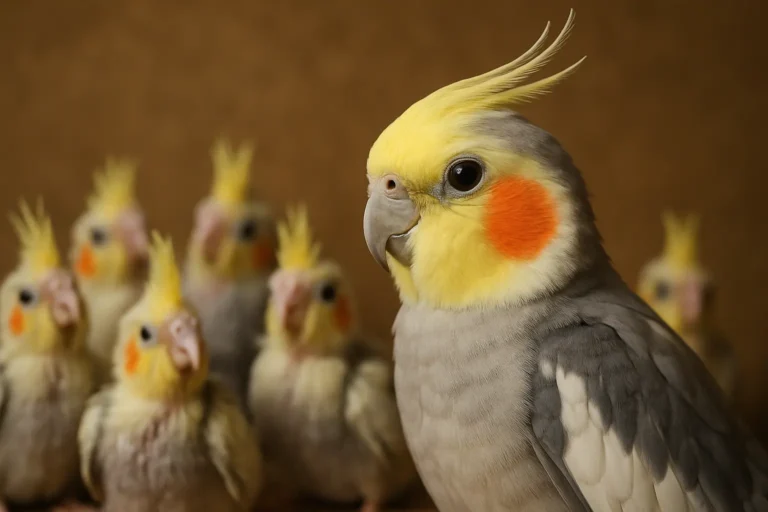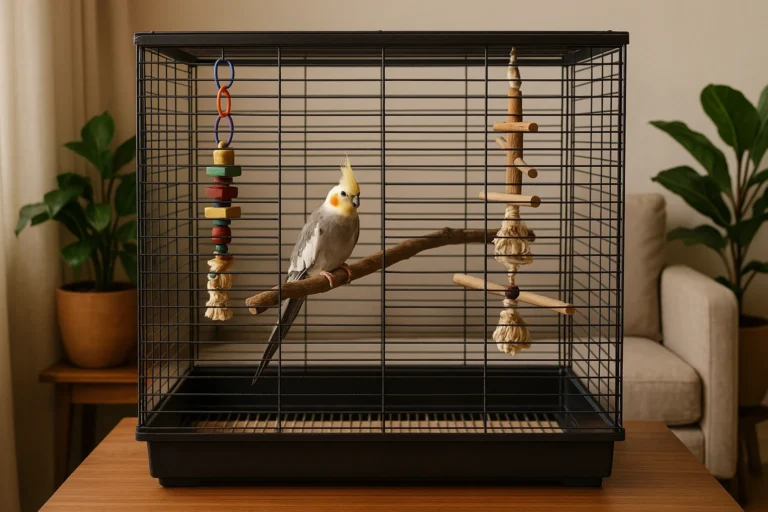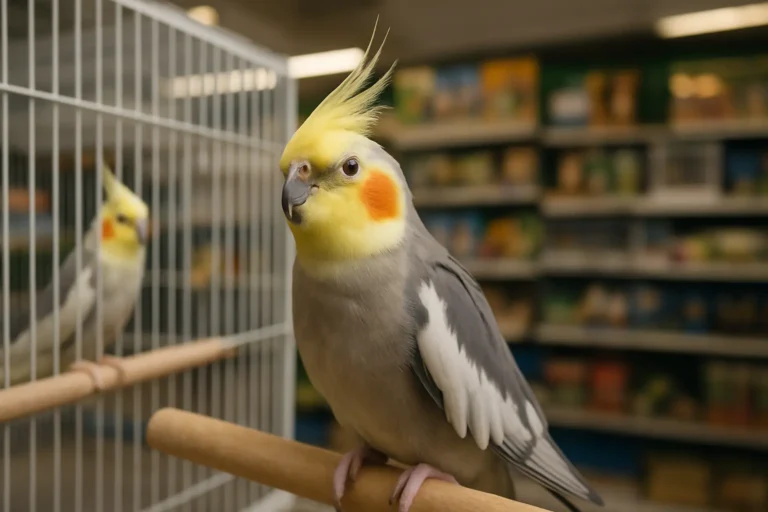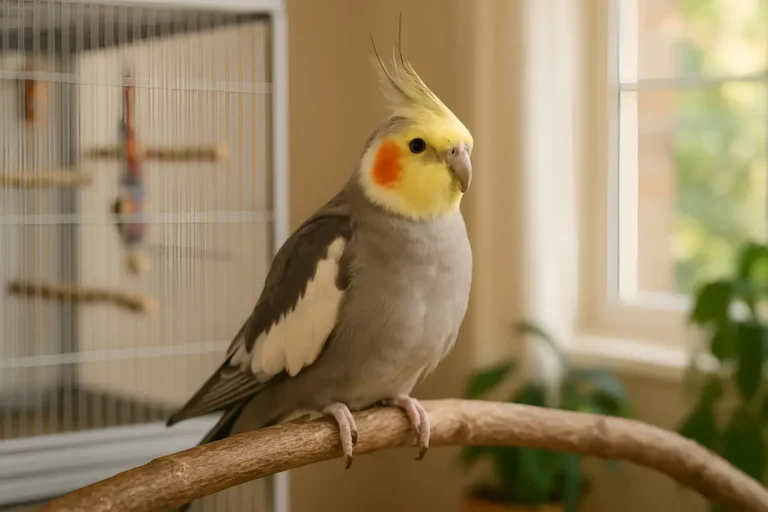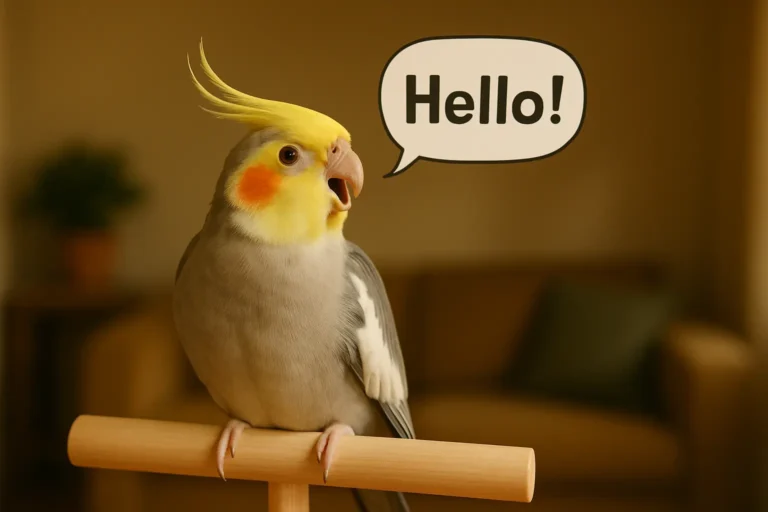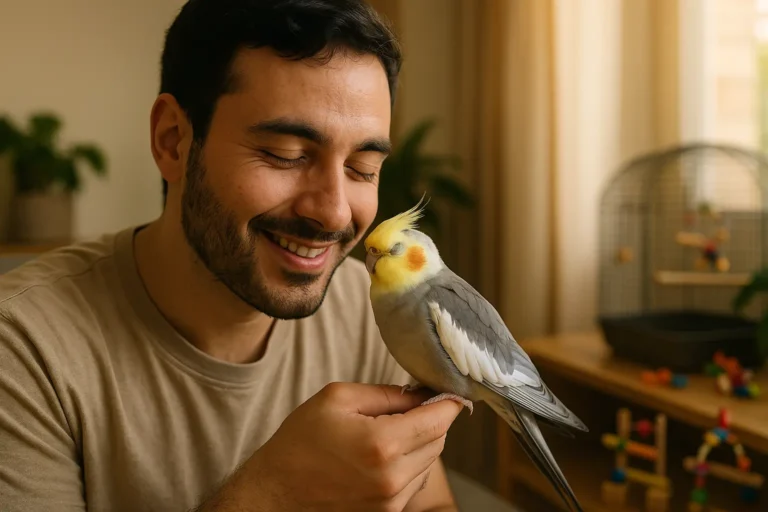How to Tell if a Cockatiel is Male or Female: 5 Expert Tips
If you’ve ever found yourself wondering how to tell if a cockatiel is male or female, you are not alone. As an experienced breeder, I have been asked this question by countless bird lovers over the years. And it is a great question because knowing your cockatiel’s gender can make a big difference in how you care for them. From understanding their behavior to planning for breeding or health concerns, identifying whether your cockatiel is a boy or a girl helps you give them the best life possible. Let’s dive into five expert tips to help you figure it out!
Why Knowing Your Cockatiel’s Gender Matters
Understanding your cockatiel’s gender can help you raise a happier, healthier bird. It influences how you handle their behavior, how you house them, and even how you respond during emergencies.
Helps with behavior understanding
Over the years, I noticed that males and females behave very differently, especially once they reach maturity. Males are typically more active in singing and displaying, while females tend to be calmer and more focused on nesting behavior. If you don’t know your bird’s gender, you might misread their actions. For example, you might think a male’s courtship display is aggressive or misunderstand a female’s quiet nature.
Important for breeding and pairing
Knowing your bird’s sex is essential if you plan to introduce a second cockatiel. I saw owners accidentally pair two females who become territorial or two males who constantly try to outdo each other. On the other side, a male and female kept together without your knowledge might start laying eggs, even if you didn’t mean to breed them. Understanding their gender helps you make the right pairing decisions.
Vet care and health monitoring
Some health issues, like egg binding, are specific to females and can be life-threatening if not caught early. As a breeder, I always make sure I know the gender of each bird in my aviary. This helps the vet quickly assess symptoms, especially in emergencies. It also helps me provide preventive care based on their unique needs.
Now let’s get into Learn How to Tell if a Cockatiel is Male or Female with my easy steps.
Tip 1 – Check Their Feather Colors
Differences in color between males and females
One of the most common ways I identify a cockatiel’s gender is by observing feather colors, especially in normal grey cockatiels. Males have bold, bright orange cheek patches and a smooth grey body, while females usually show faint cheek patches and have visible stripes or barring under their wings and tail.
What to look for in common color mutations
Now, things can get tricky when you’re dealing with color mutations like Lutino, Pearl, or Pied. In Lutino cockatiels, for example, males and females often look very similar, but females might retain some faint barring under the tail feathers. Pearl males usually lose their pearl pattern after their first molt, while females retain it. These subtle changes can give away their gender, but they require a trained eye.
When color changes happen (molting and maturity)
Your cockatiel will not show its true adult feathers until around 6 to 9 months old, after its first major molt. This is when many visual clues become clearer. In my breeding experience, I wait until after this molt to make a confident visual guess—unless I opt for a DNA test sooner.
Tip 2 – Listen to Their Sounds and Songs
Males often sing, whistle, or mimic
If your cockatiel is whistling up a storm, singing tunes, or mimicking household sounds, chances are you have got a male. In my bird room, the males are always the performers. They use sound to attract mates and to show off, even to me!
Females are usually quieter
Females, in contrast, are more reserved vocally. They chirp and call, but rarely sing or mimic sounds. I raised dozens of females, and while they might chat when excited, they don’t put on a concert like the boys do.
How age can affect vocal behavior
Young cockatiels might not sing right away. I usually notice the first real songs from males around 5 or 6 months old. Until then, their chirps might not give you any real clues. Patience is key during this phase.
Tip 3 – Watch for Behavioral Clues
Male cockatiels display courtship behaviors
Male cockatiels are natural showmen. I often see them bobbing their heads, tapping toys or perches, and spreading their wings in a fan-like display. These behaviors are especially common during the spring.
Females tend to be more reserved
Females, on the other hand, are quieter and more focused on nesting. When I introduce nesting materials, it is the females who get busy arranging them. They may fluff up, but they usually don’t dance or whistle much.
How bonding and environment play a role
How your cockatiel behaves can also depend on how well it’s bonded with you. Birds that feel safe and loved show more of their true selves. Spend time with your cockatiel daily, and the behavioral differences will become more obvious.
Tip 4 – Observe Their Face and Cheek Patterns
Bright orange cheeks in males
For normal grey cockatiels, males tend to have rich, orange cheeks and a clean, yellow or white face. This color becomes more intense after the first molt. When I see these features, I usually know it’s a boy.
Lighter, duller cheeks in females
Females have softer, duller cheek patches and often a more grey-toned face. These differences can be subtle, but they’re often enough for an experienced breeder to tell.
Only reliable in some color types (e.g., normal grey)
Keep in mind, these visual clues don’t always apply to cockatiels with color mutations. In my experience, visual sexing works best for normal grey cockatiels and a few other types, but not all.
Tip 5 – Get a DNA or Vet Test
Why visual clues aren’t always accurate
Despite years of experience, I still run into birds whose gender can’t be confirmed by looks or behavior alone. This is where science helps us. Visual guessing works much of the time, but not always.
How vet tests or DNA sexing works
DNA testing is quick and easy. Your vet can take a small blood sample or a few feathers and send it to a lab. I use this method often, especially when I’m preparing birds for sale or pairing them for breeding. It removes all doubt.
When you should consider professional help
If your bird has health issues, lays eggs unexpectedly, or you’re planning to pair it, I highly recommend getting a DNA test. It’s worth it for peace of mind.
At What Age Can You Tell the Gender?
Typical age for gender signs to appear
From my experience, most gender-related signs become noticeable between 6 to 9 months. That’s when the first major molt happens, voices change, and behaviors start to show clearly.
When to wait and when to test
If you are unsure and your bird is under 6 months, it’s often best to wait. But if gender matters for health or pairing reasons, don’t hesitate to get a DNA test even earlier.
Can You Tell by Looking at the Egg? (Myth Busted!)
Why egg size or shape doesn’t reveal gender
Let me be clear: you cannot tell the gender of a cockatiel by looking at the egg it came from. I hatched hundreds of cockatiel chicks, and no pattern of shape or size has ever predicted gender.
Common myths breeders hear
You might hear, “Pointy eggs are boys,” or “Round eggs are girls.” These are just old wives’ tales. There is no scientific proof to back them up. Trust behavior and DNA testing instead.
How to Tell if a Cockatiel is Male or Female: Sum up Words from an Experienced Breeder
Be patient some clues take time
Figuring out how to tell if a cockatiel is male or female is not always instant. It takes time, especially for young birds. But with careful observation and patience, the signs will come.
Always pair your observations with expert advice
Feather colors, sounds, and behavior offer great hints. But when you are unsure, don’t guess, ask your vet or breeder. A second opinion helps, especially when you plan to breed or pair birds.
Every cockatiel is unique!
I worked with cockatiels for years, and I can tell you this: no two are the same. Their personalities are what make them so lovable. Whether male or female, your bird will bring joy with the right care and understanding.

